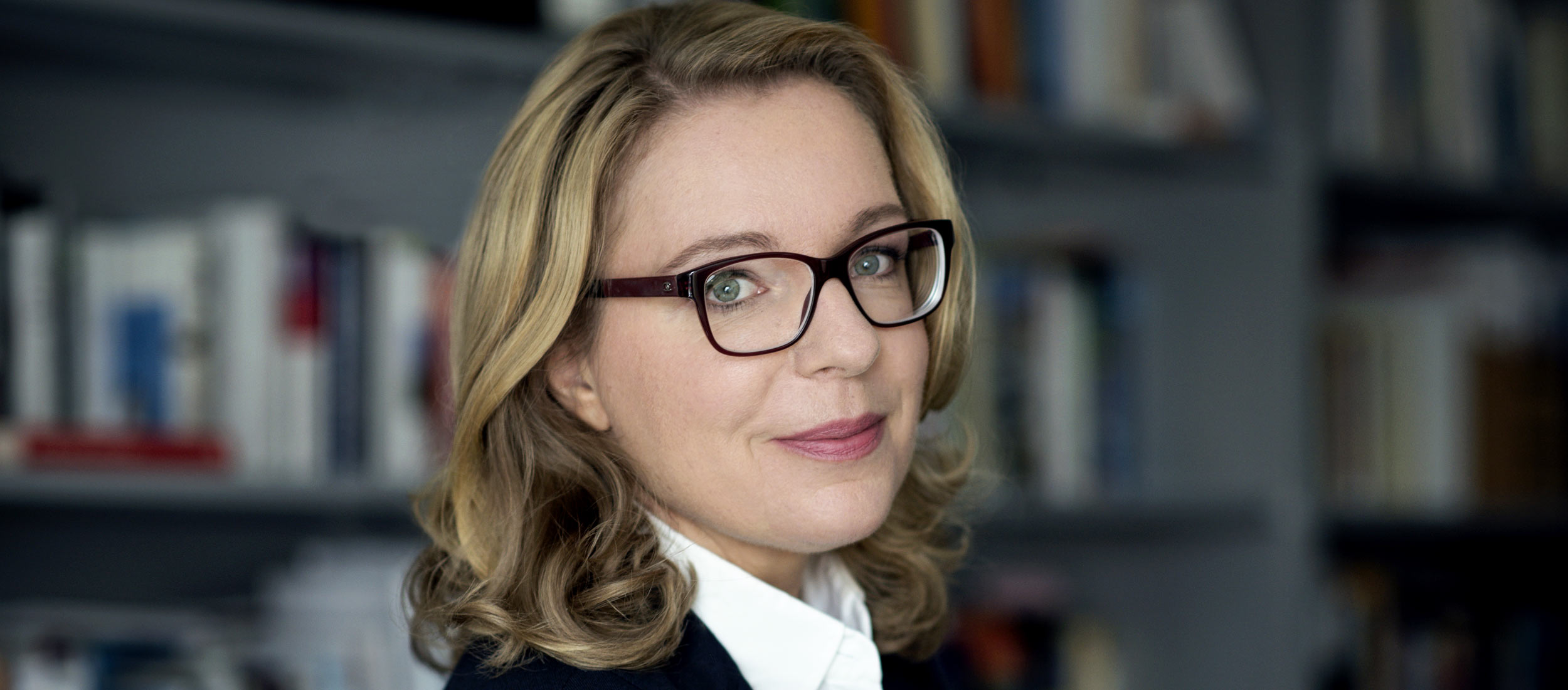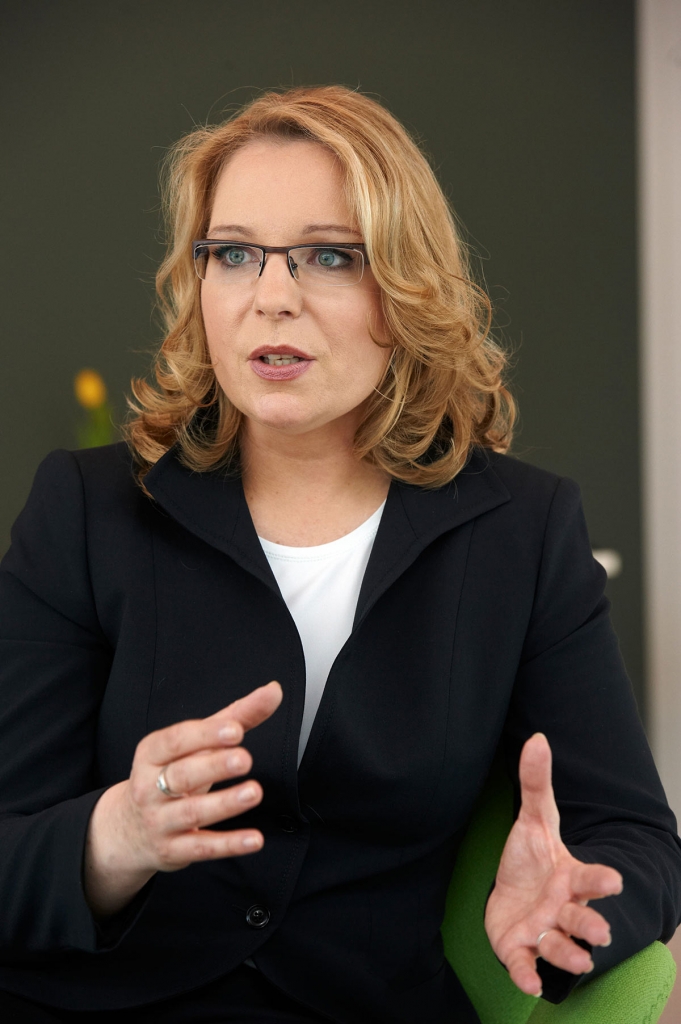Reaching the top of national and international research with Open Source
Professor Claudia Kemfert talks about her experience with Open Science

Three key learnings:
• Open Source creates new opportunities for sharing and cooperation.
• Open Source models open up new possibilities for learning.
• Transparency is important for excellent science communication and political consulting.
What are your positive experiences in the context of Open Science?
In our research my team and I run mostly Open Source numerical models for the simulation of energy markets (electricity, gas, coal, oil). See https://www.diw.de/de/diw_01.c.599753.de/modelle.html#ab_599749 and http://www.osemosys.org. It is hard to measure empirically whether Open Source has led explicitly to more citations etc. So far, Open Source has done us no harm, quite the contrary.
What benefits have you drawn from publishing your models as Open Source?
Open Source opens up new platforms for conversation and exchange and new cooperation possibilities. In effect, all research institutions ought to make research findings expressly available as Open Source and thus contribute to transparency, exchange, cooperation and discourse. More and more institutes are doing this, such as the Potsdam Institute for Climate Impact Research (PIK), the ETH Zurich, initiatives in the US and so on. But of course there is also competition for scarce funds and commissions. Especially in energy consulting, models are in use that are not openly available and are “sold” as a competitive advantage. We will continue to advocate Open Source and present our models/results as Open Source. This is part of scientific transparency and serves to create trust in research findings.
How have you and your team benefited from this?
We were one of the first teams to have applied Open Source consistently. This created not only the transparency we needed, but also new opportunities for learning and cooperation. It enabled us to reach the top of national and international research. We can connect basic and applied research in excellent ways and also integrate our mission of science communication and policy consulting.
The interview was conducted on October 13, 2020.

About Professor Claudia Kemfert:
Claudia Kemfert has headed the department “Energy, transport, Environment” at the German Institute for Economic Research (DIW Berlin) since 2004 and is professor of energy economics and energy policy at Leuphana University. She is active as reviewer and policy consultant in various commissions and advisory boards on sustainability. In 2016, she was appointed to the German Advisory Council on the Environment (SRU). She advised the President of the European Commission, José Manuel Barroso, in the High Level Group on Energy and Climate. She is also active in the advisory councils of many research institutes. In addition, she acts as a jury member for numerous prize committees, such as the German Study Prize or the German Environment Prize.
In 2006, Claudia Kemfert was honoured as a leading researcher by the German Research Foundation, the Helmholtz Association and the Leibniz Association; in 2011 the Urania Medal followed as well as the B.A.U.M. Environment Prize; in 2016 she received the German Solar Prize and the Adam Smith Prize. For several years, Kemfert has been a member of the German Association of the Club of Rome and joined the Executive Board in 2016.
She was ranked number 14 in the F.A.Z economists ranking and is therefore the most influential female economist in Germany.
